Hello Bluesound Node Nano!
Goodbye Raspberry Pi?
Steve Graham ponders the possibility of a Node Nano sending his music-playing Raspberry Pi into early retirement.
True Confessions
Up to this point, I haven’t taken the Bluesound Nodes seriously. I mean, no thick aluminum front panel? Come on! No full width chassis? Get real! Audio snobbery at its worst? Guilty as charged. Don’t get me wrong, my NAD Masters 50.2 music player has been a joy to use. I’ve had the 50.2 since 2017 or 2018, I can’t quite remember. I’m sure, like most, I can date things as pre 2020 and post 2020 but other than that, dates get a bit fuzzy.
Anyway, NAD, Bluesound, PSB speakers and other brands are all under the umbrella of the Lenbrook Group of Companies. Bluesound products have been around for over ten years. This was recently celebrated with the limited-edition Node X. If you missed your chance to buy a Node X, don’t despair. When Bluesound refreshes their product line, as has been done recently, upscale features on more expensive discontinued models are often incorporated into their less expensive new offerings.
Node Nano (A quick overview)
At $399 Canadian ($299 US), is the Nano a performance-compromised component? The Nano doesn’t have the subwoofer, HDMI eARC and some of other connectivity features that its more feature-laden, and higher priced, siblings enjoy. See the picture below and click on the links for a full list of the Nano’s features. For you chip obsessives (you know who you are), the Nano uses the same ESS Sabre DAC chip that the standard 2024 Node and the all-singing, all-dancing Node Icon employs. The Nano is powered by a 5-volt, 2-amp switch-mode wall wart. Don’t rush to judge, I’ll discuss an inexpensive upgrade later.
Link to Nano: https://www.bluesound.com/can/node-nano
Nano features: https://www.bluesound.com/can/amfile/file/download/file/3457/product/784/
I think the Nano is aimed at folks who just want to play or stream music, perhaps through an existing stereo system or with a pair of powered speakers. These are people not likely interested in any bells and whistles. They just want solid, trouble-free performance that is easy to set up and comes with a bulletproof, easy to use app. That’s Bluesound devices and the BluOS control app. If I sound like a BluOS fan boy, I am. That doesn’t mean I think BluOS is perfect. There are a few changes or additions I would make. But overall, it’s one of the best I’ve been exposed to.
Though I may be wrong, it seems most people prefer streaming music from paid services. I think audiophiles, in general, want to own a higher percentage of the music they listen to, if the sale of vinyl is anything to go by. Vinyl diehards, and those like myself who have a considerable investment in CD and/or downloads want to do more than just stream. These folks, if they don’t want the bother of setting up a NAS (Network Attached Storage) in their home, will want a streamer that can also accept connection to a USB hard drive or SSD drive. Some inexpensive streamers do not have direct connectivity to digital storage devices. The Nano does have a USB port for external storage connection.
The Nano should also appeal to owners of NAD or other Bluesound streaming devices who want a second (or third) system that can be linked to their existing NAD or Bluesound equipment. If another Bluesound/NAD device is on your home network, and it has storage attached or incorporated, any other Bluesound device can play from that storage as well. If all of that seems difficult, IT IS NOT. Bluesound devices are as close to plug and play as it is possible to be. Nearly the polar opposite of setting up Raspberry Pi-based systems.
A quick word about streamers featuring displays. Myself and others are of the opinion that colour display screens featuring artwork and such are eye catching but almost wholly unnecessary. I didn’t used to be of this opinion. Part of the reason I purchased my NAD Masters 50.2 digital player was because it has a display. Having lived with the 50.2 for a while, I turned the display off. The same features, and many more, are available via the BlueOS app on your phone or tablet.
Pictures don’t show how very compact the Node Nano is. It’s about the size of three compact disc cases – remember those? – piled one atop the other.
Node Nano Setup (a quick look)
It takes more effort to write about than it does to perform. (I had disconnected the NAD 50.2 from my network to simulate an actual new-user experience). Here, in point form, is the actual process I used:
-Load the BluOS app onto a tablet or phone.
-Connect a USB drive containing music files to the USB port on the Nano (optional).
-Connect an ethernet cable from the modem or router to the Nano. Optionally you may connect over Wifi but will need to enter your network password.
-Connect the Nano’s analogue outputs to your amplifier.
-Plug the switch-mode wall wart into the Nano.
-Open the BluOS app on your phone or tablet.
-Plug the wall wart into the power source.
The first thing that will likely happen is that the multi-colour LED in the centre of the beveled front panel will flash green and red, signaling that a software update is downloading.
If a USB drive is connected, the LED will turn a sort of yellowish-orange colour while the drive containing music is being indexed. Be patient, it will take a while to index the drive. Progress can be monitored via the app on your phone or tablet. Click on Settings, Music Library and watch the Reindex Music Collection count up.
When the LED turns blue, music can be played from the USB drive. Internet radio can be accessed through the TuneIn app, an option already loaded on BluOS. If you subscribe to a streaming service, select it from the list, enter you account and password and play some music. Job done, have fun.
Volume can be controlled from the Nano’s front panel or the BluOS app on your device(s), if desired. As well, presets for favourites can be programmed.
Raspberry Pi Setup
A whole lot more complicated, depending on operating system used. I’ve tried three different OSs and have settled on piCorePlayer incorporating Logitech Media Server (LMS). It is perhaps the most complex to setup but once done, the iPeng app for Apple devices or Orange Squeeze for Androids are fairly slick at controlling the Pi. I’ve found other apps can be clumsy to operate via web browsers and at least one requires a subscription to access paid music services.
Pulling together various bits of software and writing it to a SD card to get a Pi up and running can, at times, be a colossal pain. Switching from a Windows 10 computer to Windows 11 revealed glitches in software (albeit free software). The piCorePlayer and LMS software requires users to “point” it in the direction of USB-stored music files. The Nano by comparison, will “find” music files on your drive and index them automatically. This is especially handy when music is added to a USB drive. If a NAD or Bluesound device with music storage is already on your network, a new NAD or Bluesound device will “find” it and play it.
PiCorePlayer, and by extension LMS, will need to be “pointed” in the direction of music files each time a drive is updated. Also, paid streaming services require the use of plugins, whereas they are already loaded into the BluOS app.
I had a lot of fun, and some aggravation, setting up a couple of Raspberry Pis as music players. The first one, configured with a digital output, went to a good friend who didn’t have the budget for the then-available commercial streamers. Set up in late 2020, it has performed flawlessly ever since. The second Pi, with an Allo Boss DAC board, sees use in my workshop. It has performed reliably too.
My computer skills are limited but I managed to get the Pis playing reliably. However, I can fully understand folks who don’t enjoy messing with anything computer-related. The BluOS app and Nodes are frustration-free for users in your household who might otherwise get discouraged with the occasional glitchiness of a Pi-based music player.
Some of the stumbles along the way (this applies to all music players not just Pi-based units):
An ethernet-connected Wi-Fi range extender drove my modem/router nuts. It kept reassigning different IP address to my music players. This in turn made doing anything but playing music from USB connected drives nearly impossible. When I ditched the extender, made irrelevant by repositioning my modem, all IP address issues went away.
Nano Sound Quality
Differences in digital playback devices are, for the most part, quite minor compared to say, speaker systems and even the rooms those speakers are located in.
My main reviewing system has changed somewhat over the past year. Power is still fed through a PS Audio AC regenerator and the line stage is my old reliable Audio Research Reference 3 (retubed a year or two ago). Power amplification is a pair of Schiit Audio Aegirs run in balanced mono mode (see my Aegir review: https://wallofsound.ca/audioreviews/amplification/review-schiit-audio-aegir-stereo-power-amplifier/). I’m still in love with the Aegirs. The sound of good tube amps in the mids and highs, with the drive, force and extension of transistors in the bass. The major addition late last year was two REL Classic 98 subwoofers.
Spoiler alert: Quality audio streaming just got a whole lot less costly.
I moved the Raspberry Pi with its Allo Boss DAC board from my workshop into the main listening room. Identical USB hard drives were connected to the Pi and the Nano. Playlists of the following tracks were set on both players:
From Sara McLachlan’s Afterglow:
World On Fire (Seems appropriate of late) (16/44 file)
From Lee Ritenour’s 6 String Theory:
Taj Mahal and Keb’ Mo’ performing Am I Wrong (16/44 file)
From Loreena McKennitt’s An Ancient Muse:
Caravanserai (16/44 file)
Bach’s Christmas Oratorio conducted by Karl Richter. Recorded 1965, the sound seems like some early stereo recordings in that there isn’t much center fill. The music seems to come from either the left or right channel. But the voices are wonderful and the horn playing, especially the trumpet in the finale, is truly amazing. (16/44 file)
John Coltrane’s Giant Steps (24/192 file)
(Nothing else need be said.)
Jongen’s Symphony Concertante for organ and orchestra. An old Telarc digital recording that might sound a bit shrill and thin to some today. One of the items on my audio wish list is for the owner of the Telarc catalogue to do a sympathetic, high-resolution remastering to say, 24/192 or DSD. Until that happens this is still a compelling recording that will give subwoofers a workout. (16/44 file)
From Clannad’s Lore:
Broken Pieces (16/44 file)
From Ralph Vaughn Williams: Fantasia on a Theme by Thomas Tallis
(24/192 LP rip)
Like I alluded to earlier, differences in digital sources are slight. But that’s not to say there are none. The sound of my Raspberry Pi, with the Allo DAC board and separate power supplies – one for the Pi and one for the DAC board – was and still is very good for the price. Review Link: https://wallofsound.ca/audioreviews/digital/part-5-the-last-piece-of-pi-the-allo-boss-i2s-dac/ Though that value might not be quite what it used to be.
Though not heard on all auditioned tracks, the Nano had a slight edge with male and female voices. Lyrics were slightly more articulate as if singers were standing nearer to the microphones. This did not come at the expense of making them sound too forward. If anything, the Nano had a lusher and more liquid rendition of voices. This might be the result of the Nano’s soundstage being more spread between the speakers. The Pi-based player seemed to group both voices and instruments closer to the speakers with less coherent centre images. In general, dependent on recording, the Nano had a slightly more colourful and at the same time, more relaxed sound.
The general frequency spectrum was very similar on both players except in the bass. Both players were quick and tuneful but the Pi-based player dug a bit deeper with slightly better slam. This might not be noticeable on speaker systems that do not have extended bass response or on a system that doesn’t incorporate subwoofers.
Aside from the Nano’s performance relative to my Pi setup, it is, on an absolute scale, very good and I don’t mean just for the money. The Nano is neither hyper-detailed nor laid-back warm and fuzzy. It impresses because of its balanced presentation. The Nano doesn’t quite compete with my more expensive digital gear but that didn’t seem to matter during my time with it. There was nothing that made me long for my NAD50.2 plus PS Audio DirectStream DAC. The Nano just plays music in an appealing way and the BluOS is easy to navigate. What else is there?
Tweak Time
I got thinking about the difference in bass response, Node vs Pi, then remembered that my Pi player has two power supplies. A 2-amp supply for the Pi board and USB drive, and a 3-amp supply for the Allo DAC board. The Nano and connected USB drive were running on a single 2-amp supply. Swapping out the Nano’s 2-amp supply with a 3-amp unit, that cost about $16 CDN, moved its bass performance much closer to the Pi-based system. This might be less of an issue if a USB drive is not connected to the Nano. While doing the power supply swap, I discovered that the Nano was somewhat fussy about power supplies. Supplies that had an intermediate adapter to go from a generic plug to the USB C connector didn’t always work. The Nano would get power but wouldn’t run. A 3-amp, straight-to-USB C-connector power supply worked well.
Streaming
I’ve used streaming services on and off but they really aren’t my thing. If I’m not in the mood to pick music myself, there are a few web radio jazz stations I listen to. But as the boss wanted me to check out streaming, I shall.
Searching for the best service, I happened on four headphone aficionados on YouTube performing blind listening tests of various streaming services. They were employing $20K+ worth of streamer/DAC and headphone for this comparison. The general consensus was that Tidal sounded the best. So, I signed up for a free month of Tidal. Is it just me or does Tidal seem a bit clumsy to use?
Anyway, the home Tidal screen seems to focus on popular music. I guess ‘cause that’s what’s popular. It wasn’t immediately obvious but to search Tidal, you need touch the Music icon at the side or bottom on your device screen. Then select Tidal. Next touch the Search icon and type in what you want to listen to. At $10.95 a month I won’t be keeping Tidal. Maybe Tidal Connect is easier, whatever the heck that is. I asked Noam about Tidal Connect, this was his answer: “If the platform supports Tidal Connect, then you don’t need to stream using the 3rd party app, e.g. BluOS. You just use the Tidal app, which is much richer in features. From the song view in Tidal, click the little speaker icon at the bottom to direct output to the streaming unit. Bob’s your uncle.”
The Node supports Airplay 2 integration, Spotify Connect, Tidal Connect and is Roon Ready. Others are in the works for later integration. So, I guess the clumsiness I found with Tidal is down to me.
But I’m with John Darko. (His website and YouTube channel catering to audiophiles are awesome.) John says, “Having a hard drive full of your own music is like having your own streaming service.” Amen to that.
Dollars and Sense
Let us compare the Nano to the Allo-equipped Raspberry Pi. Note: as I write this the Allo web store is temporarily closed. Forging on, and assuming Allo products will be available again, a Boss DAC with a Pi 4 in a nice Aluminum case will set you back 184 US dollars. You can save some money if you go for the cheap and nasty-looking plastic case like I did. Add 22 bucks for two power supplies. An app like iPeng or Orange Squeeze adds another 10+ bucks. Add an analogue interconnect (the Nano comes with interconnect and ethernet cables). Canadians, you do the math to convert this to our dollars. At any rate, at north of 200 bucks US, shipping not included, for a decent-sounding Pi, is it really worthwhile?
At $299 US ($399 CDN), shipping included, and a whole lot of not screwing around with software, a Node Nano starts to look very appealing. Yes, there are many streamers available for less than the Node. But the BluOS app is great. The same cannot be said for streamers based on the Android OS, if what I’ve read is correct.
If you are willing to mess with a Raspberry Pi, and spend another 30 to 60 dollars for a DAC board, the sound won’t be bad, but I’d put money on it not sounding as good as the Nano. There are cheaper streamers out there but the Bluesound/NAD products are virtually bullet-proof in my experience. Bitter experience has taught me to buy products from a retailer or distributor in my country of residence, in case problems develop.
Streaming USB drive-stored Music
One of my vinyl-loving audiophile pals fell in love with the Node. He liked the sound but the Nano’s non-intimidating size and the BluOS sealed the deal. If, like my pal, you have a CD collection as well, a few bits and pieces will be required to rip them to streamable files. A desktop or laptop computer, a CD/DVD USB drive, a USB hard drive or SSD drive and some CD ripping software. CD/DVD drives start at about 20 bucks, though I’d spend 40 or 50 as it will see some intense use on a big CD collection. Two terabyte hard drives will hold many hundred CDs and a bunch of high-res files too, start at less than 100 dollars. I’ve seen two terabyte SSD drives that can be had for 175 dollars, perhaps less if you shop around. Free CD ripping software is available from Exact Audio Copy or a trial version of dbpoweramp can be used free for 21 days. (Editor’s note, Bluesound also makes an all-in-one box to do this, called the Vault.)
The Wrap
The Node Nano is eminently recommendable. It sounds good, with performance beyond its very reasonable price, and the BluOS app is great. My only question is, why didn’t Bluesound bring us the Nano sooner?
Didn’t Make the Cut
I wanted to try the digital output of the Node feeding a couple of DACs. As well, I want to compare the Node’s digital signal in comparison to my NAD 50.2, both feeding my PS Audio DAC. But this review is already too long. Look for a Steve’s Bytes follow-up soon.
Disclosure
Node review sample was supplied by editor Noam Bronstein, who is also a dealer for Bluesound products.

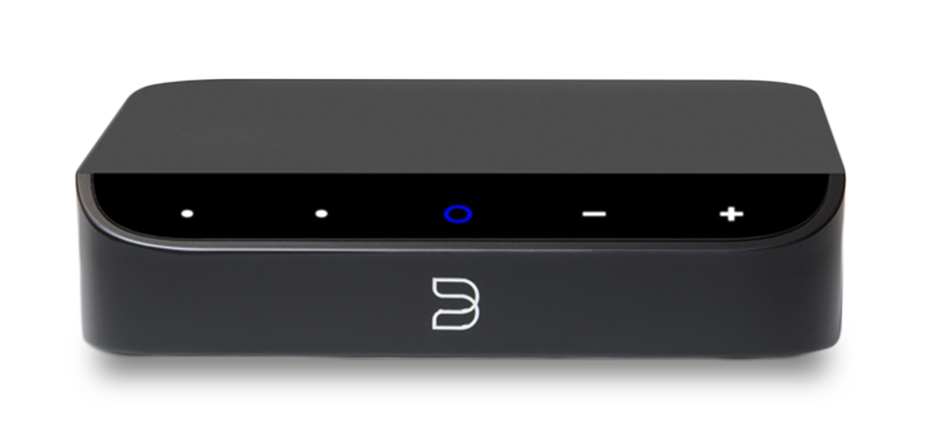
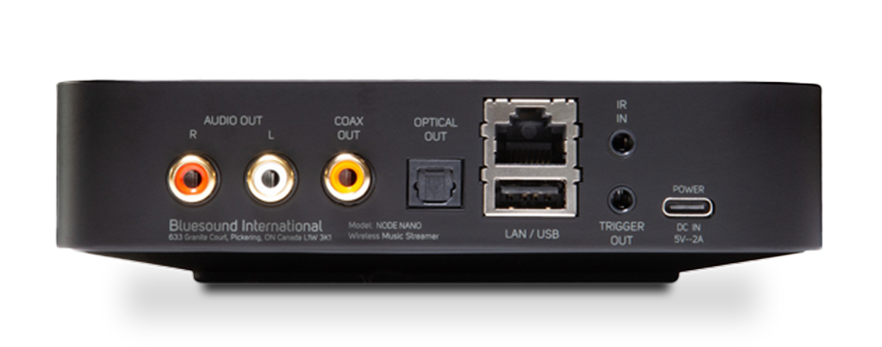

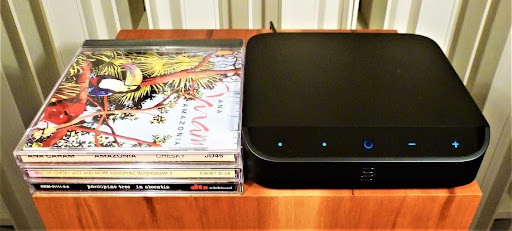
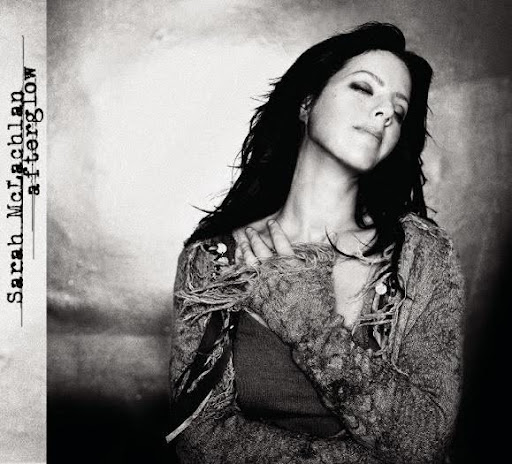

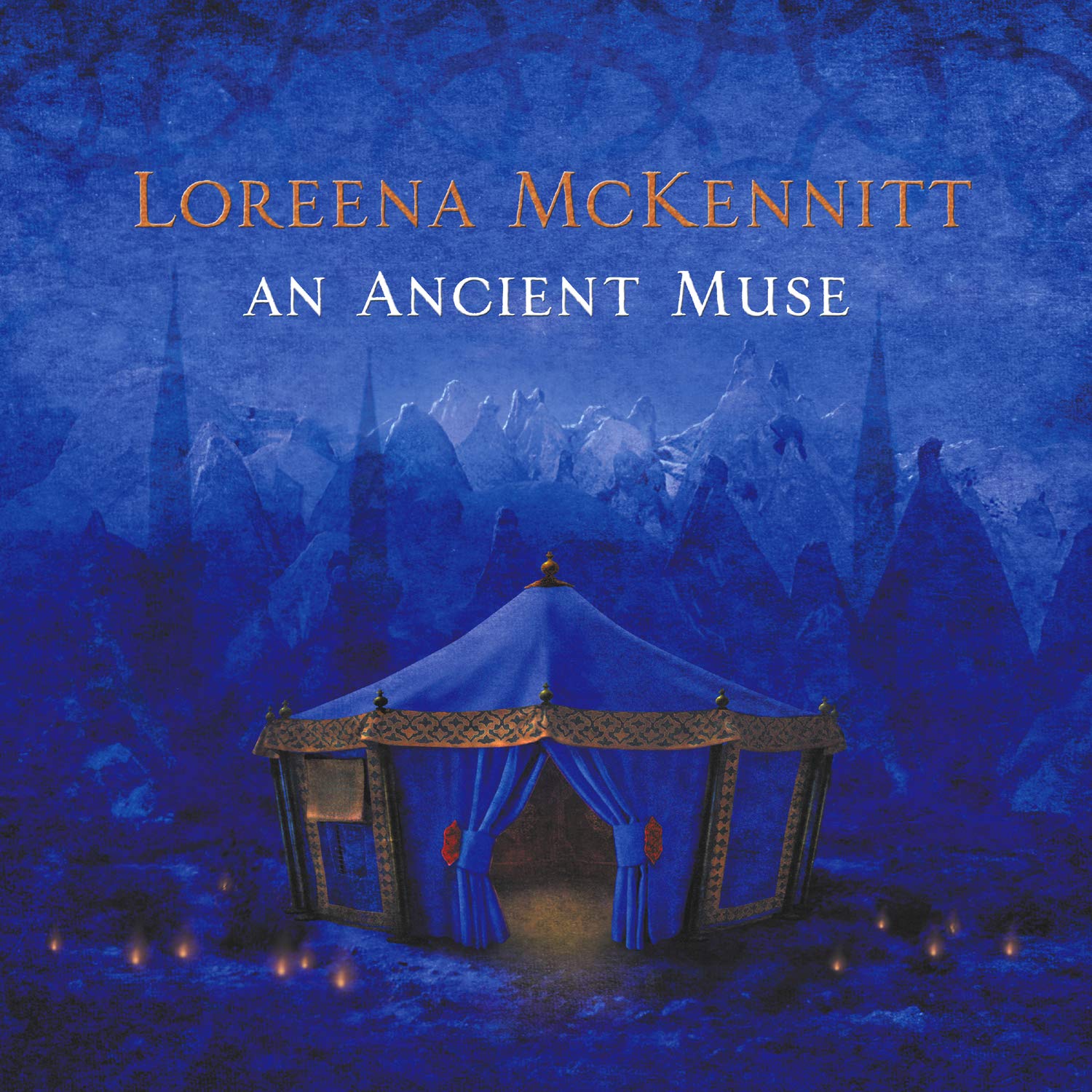

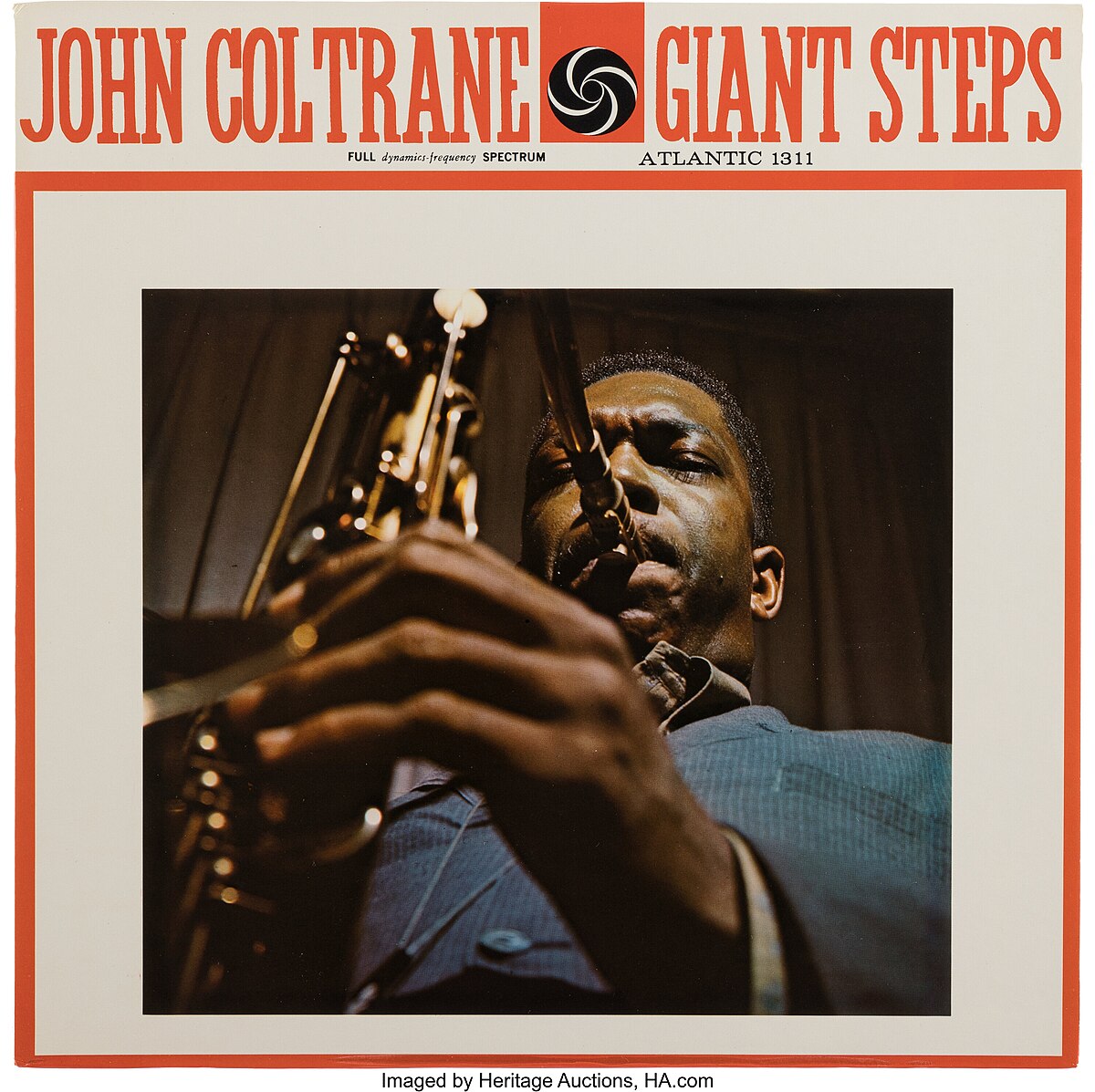
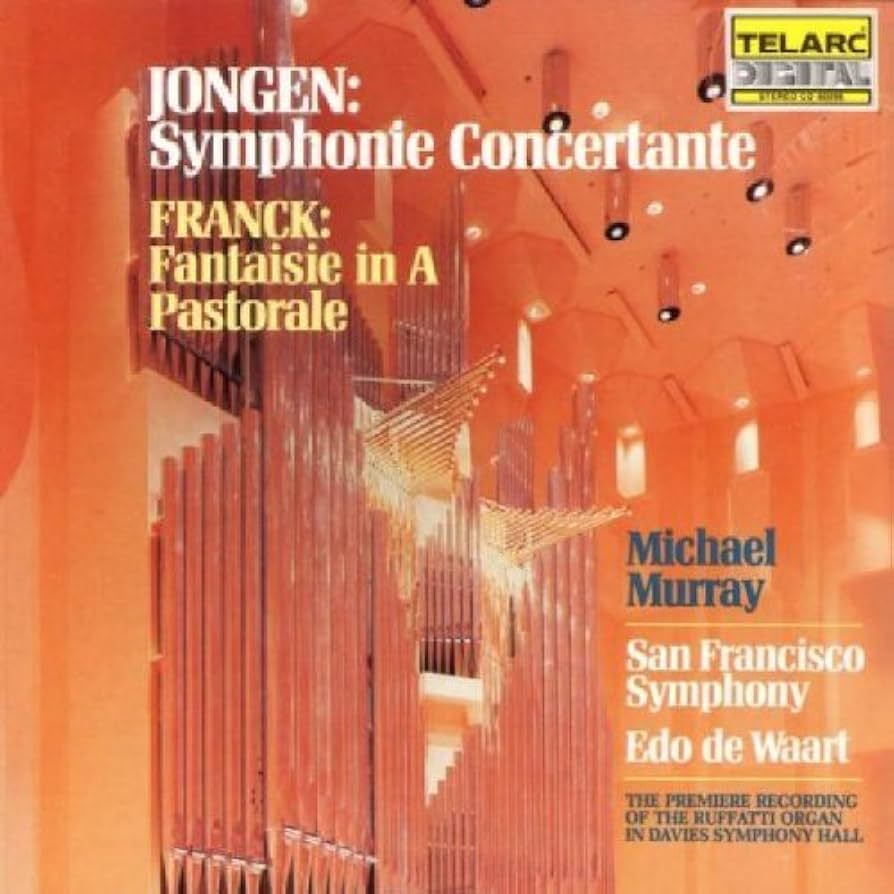
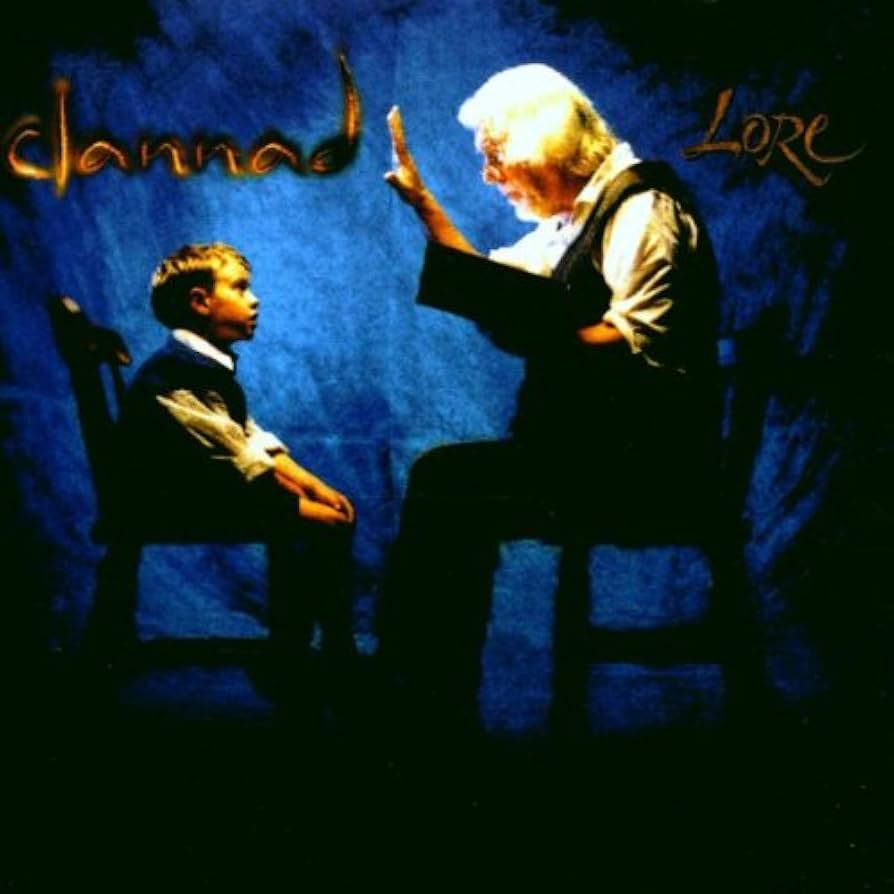
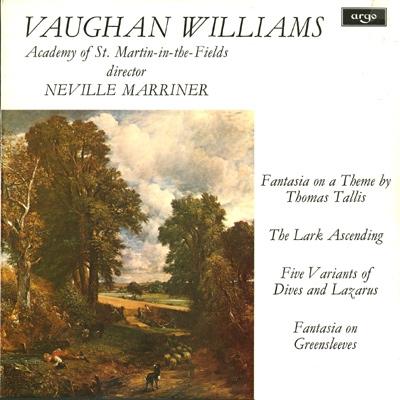
The natural competitor for the Node Nano is the WiiM Ultra, which is currently on sale for $263.20. Feature wise, the Ultra is the superior choice.
Another option in the Nano’s price category is the FiiO SR11 @ $110.00. The SR11 offers AirPlay which the others do not. The SR11 has no internal DAC and FiiO’s answer is the K11 @ $129.00 or the K11 R2R DAC @ $159.00. Both K11 DAC’s can be connected to the SR11 with a USB-C cable. The FiiO R2R DAC is IMO, arguably superior to the internal DAC in the Nano or the WiiM Ultra. As always, there are trade-offs.
Budget audio is truly entering a ‘Golden Age’.
I would just add that the NAD-Bluesound support team is excellent, they support both dealers and consumers directly by email and phone, and the support and development teams are based here in Canada which is a point of pride for us. Bluesound is a Canadian success story. They are doing some great work on BluOS keeping it consistently the highest ranked music streaming/control app in its class.
Noam
Thank you for your comment Mr. de Brito. I agree, we are in a ‘Golden Age’ of budget audio. Yes, there are less expensive streamers than the Nano. The advantage of the Nano is it is part of the well-established Node family. I also like how it is super-simple to get up and running and will automatically “talk” to other BluOS devices in the home. The fact that there is a large dealer network, makes it easy for folks just starting out in streaming and file-based audio to get support and assistance, if needed, is another reason I think the Nodes are great. The Nano is a good, one-and-done solution for non-audiophiles and a good-sounding unit for beginning audiophiles. It also has a decent-sounding coax output, look for a short feature on this soon at WOS.CA. Spoiler alert: I had a FiiO K11 R2R DAC in-house at the same time as the Nano and the Nano’s in-built DAC was superior, in my opinion. K11 R2R review coming soon on WOS.ca. I don’t have anything against FiiO. I own a FiiO DAP which has been trouble-fee in the more than five years I’ve had it.
Thanks again for taking the time to comment.
With regards,
Steve Graham
Hi,
Note to Steve Graham – You wrote: ‘I had a FiiO K11 R2R DAC in-house at the same time as the Nano and the Nano’s in-built DAC was superior, in my opinion. K11 R2R review coming soon on WOS.ca.
I am looking forward to your remarks on the K11 R2R DAC.
Cheers,
David Neice
If I wished to use headphones with the nano, would I add a headphone preamp with DAC?
Thank you for your inquiry Mr. Freeman.
You have two options. 1/ If you have already purchased a Nano you would only need a headphone amp, NOT an amp-DAC. 2/ If you haven’t purchased a Nano you might buy the standard Node as it has a built-in headphone amp.
The standard Node is quite a bit more expensive than the Node Nano. Depending on your budget and timing (or perhaps you already have a headphone amp) the Node Nano might be the route to take.
Regards, S. Graham
Allo web store has been down for quite a while — perhaps even a year or more? I’ve been wondering whatever happened to them. In the mean time, I used a Digi+ Pro and two HIfiBerry Digi2 Pros with good results. (All via Roon on RPi 4’s running RoPieee.)